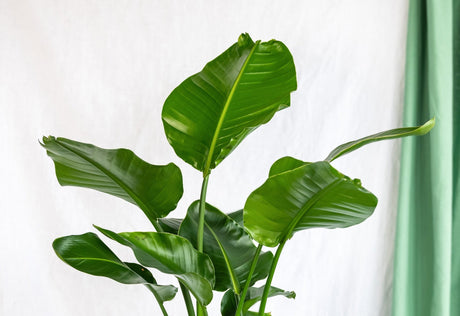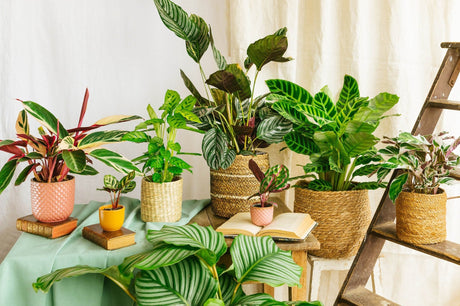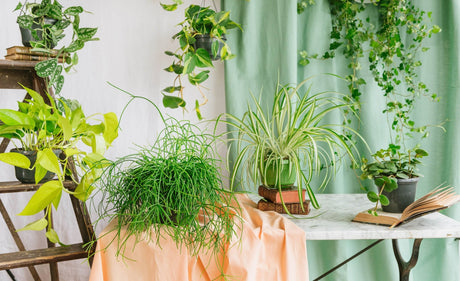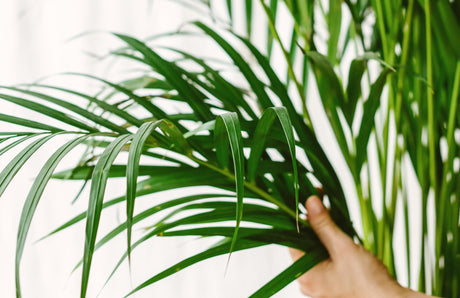Watering potted plants, quite a story... very often delicate, sometimes mastered, but oh so substantial!
The subject of watering plants is probably the most frequently asked question. Too much water, not enough, how to know, how to judge and how to adjust the watering of your little ones?
Whatever the type of plant, the first thing to do is find out where your plant comes from. will provide valuable information on its natural living environment and therefore on its water needs.
Does she come from a tropical or an arid environment? Once this question is resolved, you will be able to define its water needs more precisely.
Overall we can say that tropical plants are watered on average every 15 days, the soil must remain moist without being soggy all year round; when a monthly rhythm is to be expected for succulent or cactus type plants. In this case, you must wait until the soil is completely dry, both on the surface and in depth, before any new watering.
This is a general rule that should be adjusted according to the size of the plants, the exposure, and the heat waves encountered in recent years.
There is also the drench method, very useful for deep re-hydration of the plant, which consists of placing the plant in a tray filled with water. In this way, the roots absorb only the water it needs.
Finally, it is essential that the excess irrigation water can drain naturally through the drainage holes provided for this purpose; if necessary, the roots will end up with their feet in the water and very likely risk rotting.
Our last little trick to improve your watering method is to use water at room temperature, thus avoiding any thermal shock at the root level. Water that you have left to stand in the open air beforehand for 24/48 hours so that a certain number of components harmful to plants can evaporate, such as chlorine for example.
Finally, keep in mind that too much is the enemy of good when it comes to watering. A plant suffers more quickly from an excess of water than from a lack of water.






